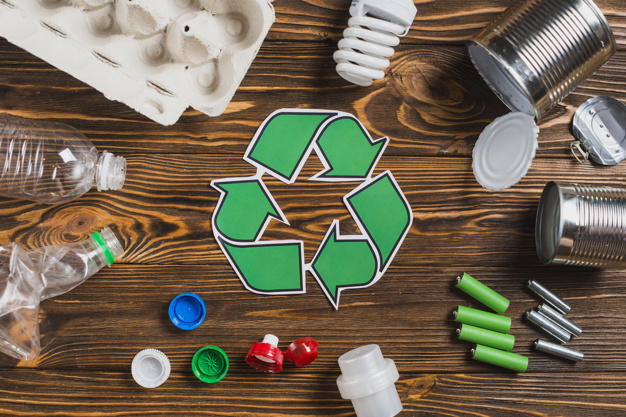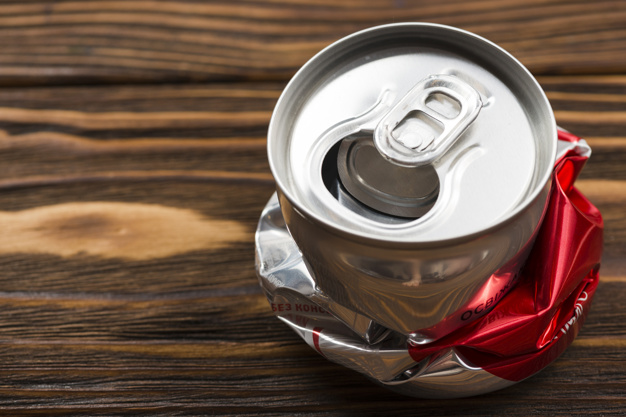Have you ever wondered what happens to your aluminium soft drink can or Blue Spring Water bottle after you put it in the recycling bin? The differences in aluminium’s journey when compared to plastic is stark. It’s a material that never stops being usable! If aluminium is recycled properly, 100% of it can go into making new products – and unlike plastic, which degrades with each recycle process – we can reuse aluminium forever.
So what does the life cycle of aluminium look like, and what can we do to make sure that this infinitely reusable material stays in use and out of landfill? Find out below!
Where does the aluminium go and what is it recycled into?
When you put an aluminium can or bottle into your recycling bin, it’s taken – along with all the other material in that bin – to a Materials Recycling Facility. The conveyor belts in those facilities sort all the items into groups, based on how they need to be recycled. Because many household aluminium items are “coated” and once contained food or beverages, they’re first cleaned and processed to remove any residue, lacquers, inks or finishes – before being compressed into large square “bales” and sent on to their own processing plants.
Furnaces at those aluminium processing plants then heat the bales to 700ºC, which transforms the aluminium into its molten form. The aluminium liquid is then recast into ingots and sent on to mills, where they’re rolled out into sheets and remade into new products. Within 2 months, the aluminium can or bottle that you put into the recycling bin is back on the shelf – likely as a new can or bottle, but also possibly as aluminium foil or other food packaging!
Why should we try to recycle aluminium cans and bottles?
Currently, Australia recycles about 70% of its aluminium cans, which makes us the 5th best at it in the world. However, that does still mean that 30% of our aluminium cans end up in landfill – and they don’t need to. If we can close that gap, that’s us preventing millions of tonnes of greenhouse gases and mining each year, along with drastically reducing the vast amounts of water, energy and fuel needed to produce new aluminium.
Just imagine a world where we only use the aluminium that already exists on the shelves and in our homes – infinitely repurposing it to suit our needs! That’s a step that we can take towards a zero waste society, with the technology we have today.

How can I ensure that my aluminium gets recycled?
One of the reasons that aluminium may be sent to landfill instead of recycled is that it hasn’t been properly prepared for the recycling process. For example, make sure that your can isn’t still half-filled with liquid. You don’t have to rinse your aluminium cans or bottles, but simply shaking out any final drips will be enough. Also make sure that you haven’t put your cans or bottles inside any boxes, bags or containers. Everything in your recycling should be loose and not tied together.
Switch to aluminium!
Join us in changing purchasing habits to select the aluminium option over plastic wherever possible. Instead of buying water in plastic bottles, choose reusable Blue Spring Water – made from 100% recycled and recyclable aluminium. It’s the kinder choice for our planet.
